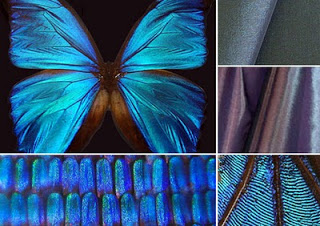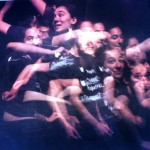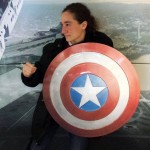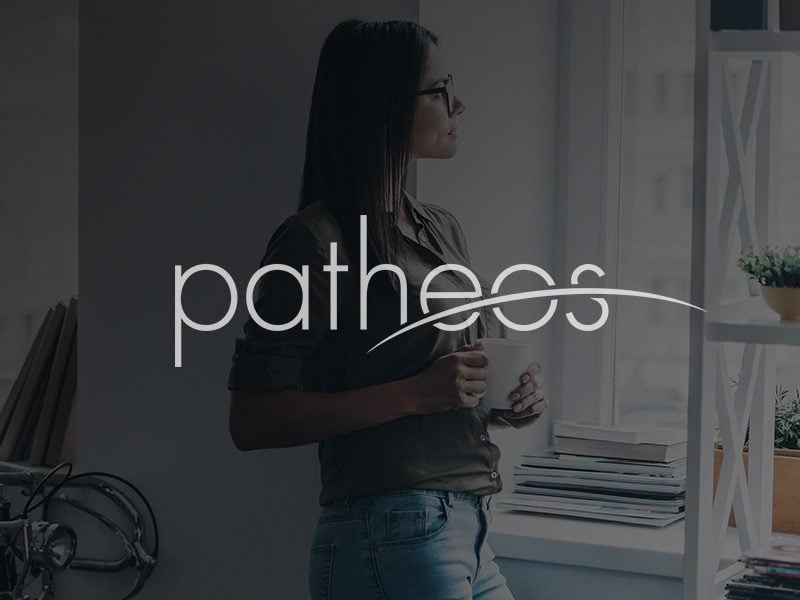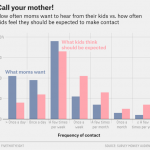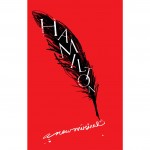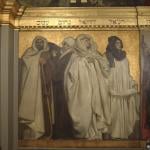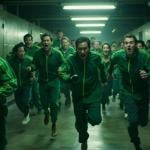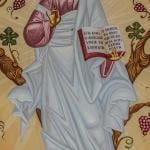This week, the theme for the links is experimentation and innovation. First off, Josiah Neeley of The Federalist has a great example of the joys of exploring empiricism, even at very small scales. Frustrated by traffic, and the endless temptation to switch lanes (even though they mysteriously slow), he starts theorizing:
Just as the Efficient Market Hypothesis says that you can’t beat the market, the Efficient Traffic Hypothesis says that you can’t beat the traffic. If you see a lane that’s moving faster than the one you’re in, chances are lots of other people have noticed the same thing, so it won’t be long before that lane slows to accommodate all the lane switchers. If it seems like whatever lane you’re in is always the slowest, that’s probably just a statistical illusion.
And then he put his theory to the test:
Every morning before leaving for work I flip a coin to determine whether that morning’s group will be in the “control group” (where I trying to reduce my commute time by switching lanes when it seems advantageous) or the “left group” (where I stay in the leftmost lane for as much of my commute as possible). I then record the time at the beginning and end of the commute, along with any unusual features of the day (e.g. was it raining?)
The hardest part of the experiment is just sticking to it. When it’s a left hand lane only day, it’s often quite difficult to keep to the plan when my lane is going forward at a crawl. But then I remind myself that this is for Science, and I soldier on.
For the final results, you’ll have to click through.
I also saw coverage of a much more expensive randomized trial this week. A bunch of violinists had the opportunity to play Stradivarii and also nice, but new, violins. It turned out that they couldn’t tell the difference.
Over at Nautilus, there’s a fascinating read on the difficulty of reproducing the iridescence of butterfly wings and soap bubbles in paintings or photos. The author does a nice job walking you through the mechanics of this phenomenon in nature, before turning to a determined painter:
Commercially available paints billed as iridescent showed only pale, faintly metallic colors, not nature’s vividly shimmering hues. Then she obtained top-of-the line iridescent materials that were supposed to display shimmering purple, gold, and red. Drab grey powders, they were unlike any pigment she had seen before. They consisted of minuscule flakes made of silica coated with several metal-oxide layers. It took a year of experimentation to understand how to turn the powder into a spreadable paint and mix it without destroying its optical qualities.
Then she had to learn how to blend her iridescent paints into a palette of colors. “It was counterintuitive,” she says. “With traditional pigmentary colors, you mix a yellow and a blue and you get a green.” The paints she’d created, however, use so-called additive color rules, which describe what happens when you mix light, rather than pigment. “If you mix a gold and a metallic blue you get white…I had to forget all I had learned in color theory.”
Of course, experimentation has it’s dangers. In the video below, three scientists discuss the most dangerous chemicals that they’ve worked with. (h/t TYWKIWDBI)
For the record, I’m pretty sure mine is ethidium bromide, which I used to prep gels when I worked in a genetics lab. Not at all as bad as the ones in the video, but my supervisor did tell me not to breath while I had the bottle open or poured the gels.
Luckily, no hazardous chemicals were deployed (to my knowledge) to produce the erroneous but highly efficient fork that David Malki of Wondermark ran across. Delightfully, this prompts him to go trawling through the patent records for fork-relevant innovations. Some of them are surprisingly ebullient:
The serrated fork brings these two together, the butter knife and the fork. I have seen children and adults alike licking a butter knife; this serrated fork will need the help of those skilled in the art to craft a perfect unity between the butter knife and the fork to create a masterful vision of the serrated fork which can be lick able. I can envision a serrated fork in every home! I can picture us cutting easily into a thick piece of Cod with just a wiggle of the wrist as we handle the serrated fork.
Also from the annals of small but useful improvements (arguably more useful than the serrated fork) is the new font that’s intended to reduce distracted driving, especially as screens and heads-up displays become more common in cars. The Washington Post article does a nice job breaking down the small changes and giving you side by side comparisons.
This of course reminds me of the NYT Magazine article from 2007 on highway fonts, which has made me much fonder of signage.
Finally, although the proliferation of different kinds of stock bets can cause confusion (which savvy players can exploit), I liked this feature on the usefulness of options. (It’s a little jargon-heavy, but I think it’s worth googling and soldiering on).
So what are options good for? Options allow you to say more, and to say it more precisely than you ever could with stocks or futures alone. Everyone implicitly thinks in terms of options. For example, a stock trader who decides that an asset trading at $50 today is something he will buy if it trades at $40 in the next two months is implicitly willing to sell a two-month put struck at $40. An investor who owns a stock at $50 and sets a sell stop at $60 is implicitly short the 60 call. So one of the benefits of executing trades with options instead of just stock alone is that options allow you to say all the things you wanted to say already, but couldn’t.
Another benefit is the Marshall McLuhan effect: the medium of options actually changes the kinds of messages it occurs to you to express. This is really the reason why I think options are so interesting and valuable. If the only three words in my financial vocabulary were buy, short, or hold, I might not bother thinking my way to a thesis that could only be expressed with optionality.
For more Quick Takes, visit Conversion Diary!


